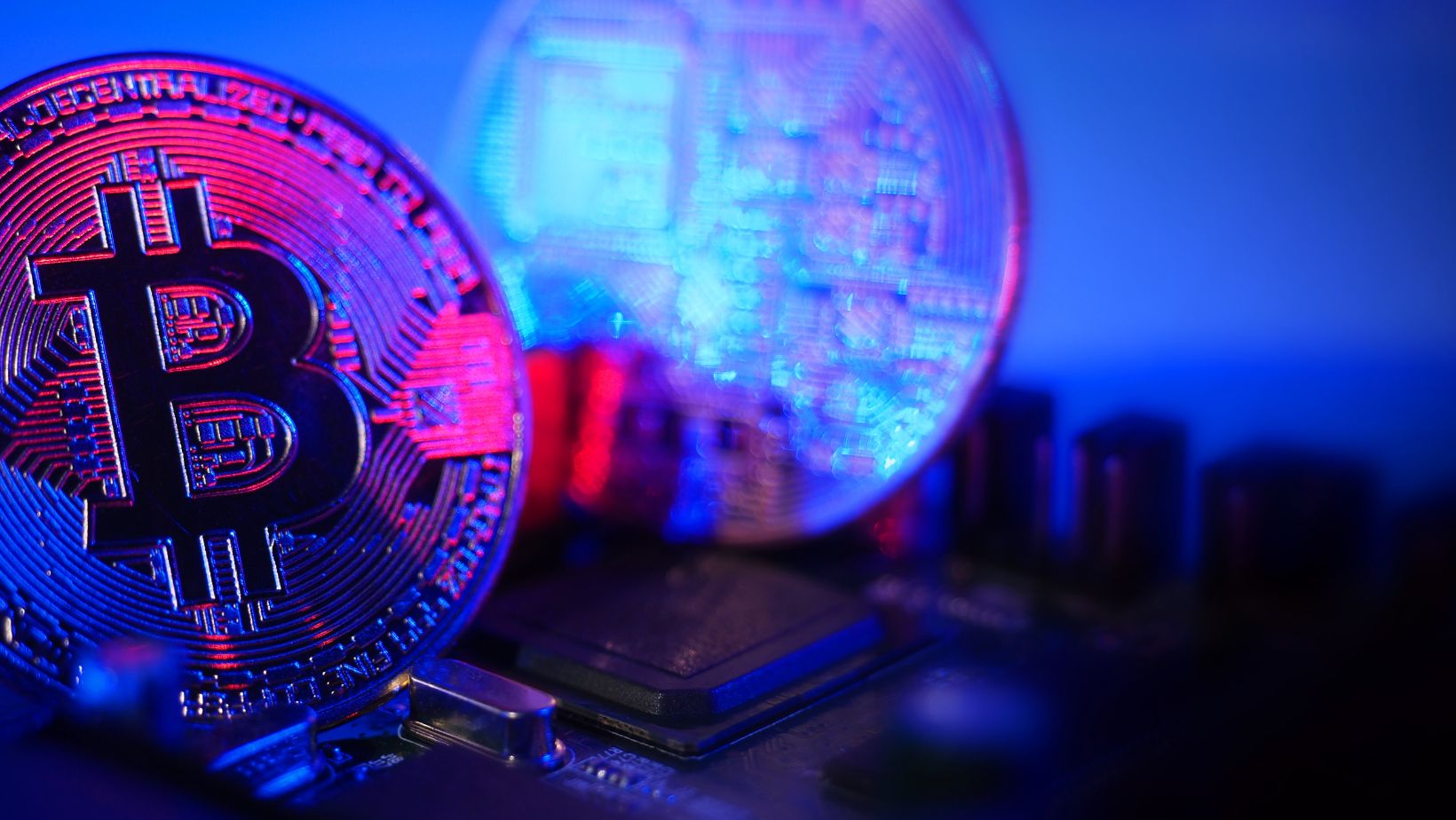Years ago, Satoshi Nakamoto had a futuristic idea that would profoundly change our lives. His vision was to establish a peer-to-peer version of electronic cash that doesn’t rely on banks to verify transactions and provides people globally with a decentralized and transparent financial system. When Bitcoin was first presented to the world in 2008, hardly anyone supported it. Nevertheless, things have changed dramatically over the course of time, which means that cryptocurrency has evolved into one of the most vividly watched technological developments in the world.
For many people, paper bills and coins are the only form of money they’ve ever known, but, as history has proven time and time again, the usage and form of money evolve, and the revolution is upon us. Cryptocurrency is completely different from traditional currency issued by the government, though it offers a means to store and transfer value. The Ideal way to purchase Bitcoin is through an exchange, especially if you’re a beginner, and depending on the platform, personal identification may be required. If you’re eager to know how Bitcoin compares to traditional payment systems, please continue reading.
Crypto Is Created And Stored On The Blockchain, Whereas Money Is Issued By Central And Commercial Banks
Even if many other blockchain systems have been established since the launch of Bitcoin, it’s still regarded as the most developed and reliable one owing to its infrastructure, which supports a distributed ledger and digital authentication. Bitcoin uses a process called mining to release new coins into circulation. Each block on the blockchain has a mathematical puzzle embedded within it, and miners compete to crack the enigma using specialized, high-energy computers – nodes, that is – that use trial and error. Put simply, mining is guesswork that involves financial compensation.

By contrast, fiat money is legal tender whose value is inseparable from government-issued currency, such as the U.S. dollar, issued by a state authority, such as a central bank. When commercial banks decide to give funding, they create money by placing funds into a deposit account, transforming an illiquid asset (the borrower’s future ability to repay) into a liquid one (a deposit). The 2007-2008 financial crisis sparked debate about monetary systems and reforms of the general system, which operates much or less the same internationally.
Traditional Currency Generally Offers More Price Stability Than Crypto
Traditional currency is backed by an issuing government and accepted as legal tender within its jurisdiction, providing some economic stability, but not always. Money draws its stability and trustworthiness from the leadership structure that provides unity and direction, and central banks and financial institutions collaborate to strengthen assurance, maintaining currency integrity and stability. There’s always the possibility of hyperinflation if large amounts of money are created without the corresponding assets or production services. The price of goods skyrockets, so it’s hard for consumers to afford basic essentials and for businesses to make a profit.
In the cryptocurrency market, rapid and considerable price fluctuations occur because it’s influenced by supply and demand, government regulations, investor and user sentiments, and, last but not least, media hype. Bitcoin is associated with high volatility, which means it’s not able to preserve its value over time for its holders. The good news is that the emergence of investment platforms and exchange-traded products has made cryptocurrency more accessible, adding to market liquidity and improving volatility forecasts. For instance, the Binance Black Friday Sale offers excellent opportunities to explore cryptocurrency trading with exclusive deals. Pegging cryptocurrency value to an underlying asset can bring much-needed store-of-value functionality. Another new benefit of cryptocurrencies is that you can take loans against crypto today! Loans are one thing traditional banks and cryptocurrencies have in common today, and many people find it often easier to rely on crypto loans.
Bitcoin Transactions Require Trust, But Traditional Money Follows A Different Path
At the heart of every blockchain transaction lies one element – trust. The role of the distributed ledger is to bring people together (i.e., it relies on the collaboration of individuals), and it’s necessary to have some level of confidence in the system. Bitcoin promotes transparency and trust with participants by providing them with unrestricted access to its records. Nobody has found a way to change a signed transaction or alter the blockchain. The blockchain is practically a network of computers that exchange information and data, so it no longer requires the intervention of a centralized, trusted third party.

When sending coins to another party, all you need for the cryptocurrency to be effectively transferred is your wallet and the Bitcoin network. Conversely, the traditional payment system requires a minimum of four intermediaries. And often more, in reality. It multiplies the communication exchanges back and forth; it takes time, and errors can occur along the way. In other words, with traditional currency, you have to trust the rules and mechanisms won’t lead to mistakes and every party that participates in the financial transaction operates properly. The smallest of things can compromise the effectiveness of risk management.
Bitcoin Has Strong Security Measures In Place, Whereas Money Can Be Counterfeited
Bitcoin can be stored in two ways: self-custody and third-party custody. Self-custody means you exclusively control your private keys and the seed phrase from which they’re generated, taking complete responsibility for the security of your wallet. In a third-party custody arrangement, a specialized firm or platform secures the funds on your behalf, meaning they manage security for you. The blockchain stores data using complex math and groundbreaking software rules that are hard, if not impossible, for threat actors to manipulate. Its decentralized nature and cryptographic algorithm make it immune to attacks.
Unfortunately, printed cash can be counterfeited, which is illegal in all jurisdictions worldwide. You don’t need to have much experience to identify lower-quality bills – it’s enough to feel the texture and pay close attention, as the paper that banknotes are printed on isn’t commercially available. Malicious actors set up trading platforms on the Internet, selling all kinds of illicit goods, including forged currency, a strategy that allows them to pass their unlawfully obtained money through transactions that appear legitimate.
Wrapping It Up
Money has matured from fiat to digital currency and cryptocurrency, which allows people to make payments directly to one another through a peer-to-peer network. Money and its underlying systems will continue to evolve to adapt to human needs.





 +4 Neo Geo Emulators for Android List ▷ 2021
+4 Neo Geo Emulators for Android List ▷ 2021








